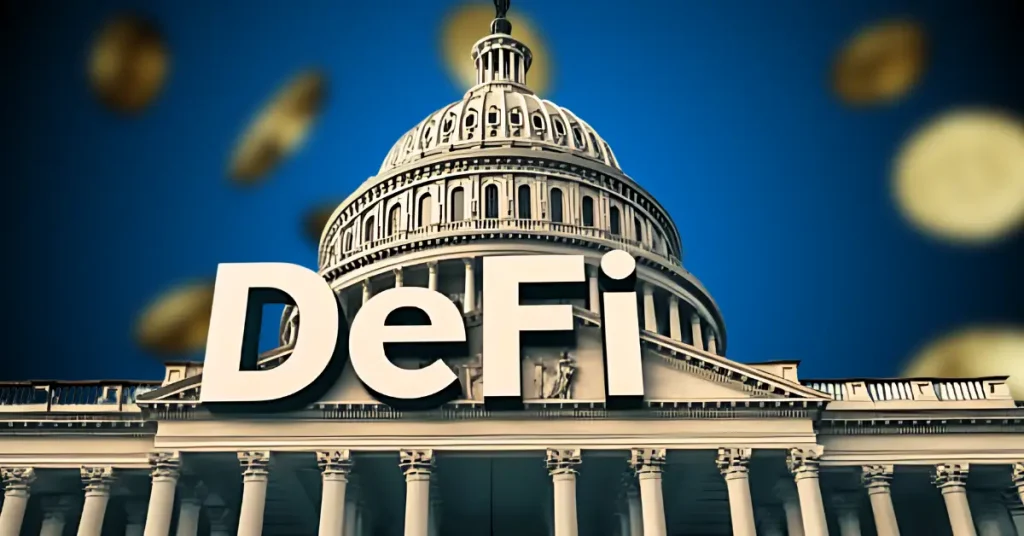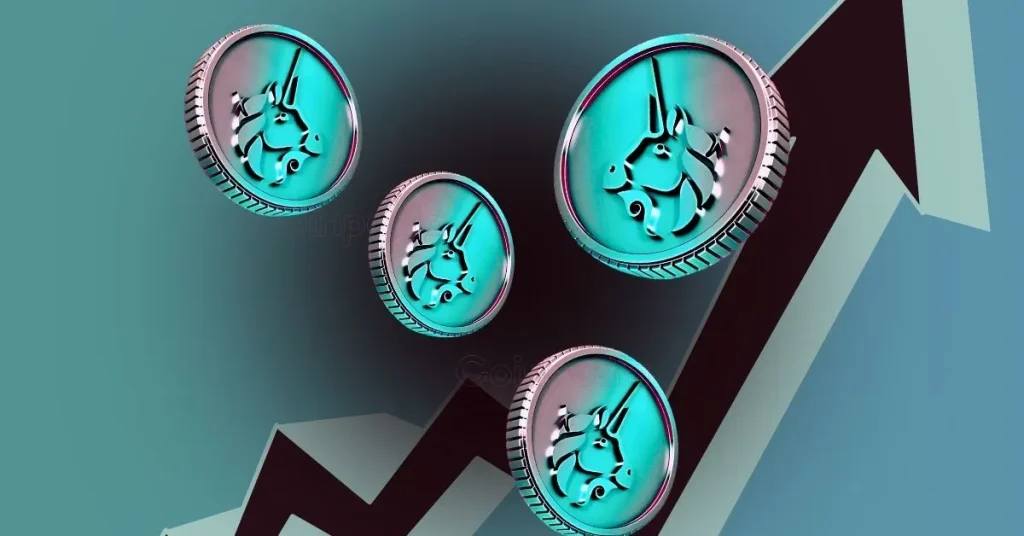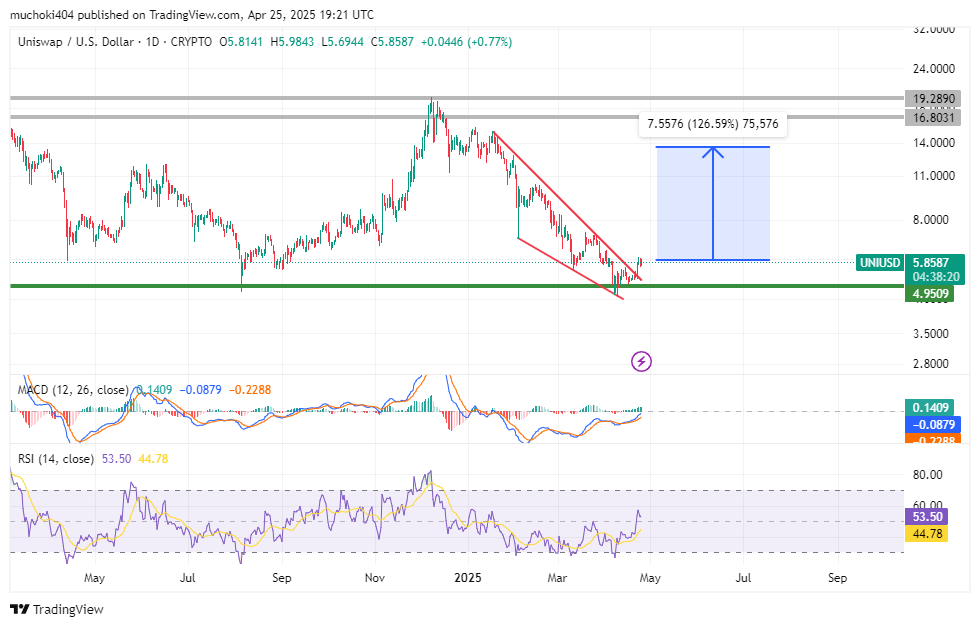
The XRP price slumped in the first quarter even after some notable Ripple news, including the end of the SEC case and its ecosystem growth. Ripple was trading at $2.2 on April 1, down by 35% from its highest level in 2025. There is a risk that the XRP coin will crash soon, even as the Ripple USD (RLUSD) volume to total value locked (TVL) jumped.
Ripple USD (RLUSD) Volume to TVL Has Jumped
One of Ripple’s strategies to grow its ecosystem has been the launch of RLUSD, a regulated stablecoin. Ripple hopes that its regulation and transparency will help to dethrone Tether and USD Coin.
Recent data shows that RLUSD stablecoin is still a small player in the stablecoin industry. It has a market cap of over $243 million, a tiny amount in an industry valued at over $237 billion.
However, a closely watched metric shows that RLUSD is in a good place. It has a volume-to-total value locked (TVL) of 37%. This figure is much higher than that of other stablecoins. For example, USDC has a ratio of 14.26%, while Tether is slightly behind at 34.5%.

A higher ratio means that RLUSD holders use it to handle daily transactions. It also means that a higher liquidity is provided to facilitate trading. A stablecoin with a low ratio means that it is not being used.
RLUSD has become the biggest player in the XRP Ledger network, with the other notable players being Sologenic, Crypto Trading Fund, Coreum, and XRP Army.
XRP price has also lagged despite other bullish catalysts. The SEC has ended its Ripple case, while many companies have applied for a spot XRP ETF. Further, Ripple is working to become the best alternative to SWIFT, a network that handles billions of dollars each day.
XRP Technical Analysis Points to a Potential Crash
While Ripple has some solid fundamentals, there is a risk that it will have a strong downtrend in the coming weeks. There is a risk that the XRP price is about to form a death cross pattern as the spread between the 50-day and 200-day Weighted Moving Averages (WMA) narrows. A death cross is a highly risky pattern in technical analysis.
The other risk is that the Ripple price has formed a head and shoulders pattern, whose neckline is at around $2. This price coincides with the 50% Fibonacci Retracement, which is drawn by connecting the lowest point in 2024 and highest level this year.

XRP Price Targets
Therefore, a drop below this neckline will be a victory for bears, who will trigger panic selling. More downside will push the token downwards, potentially to the $1.5, the 61.8% Fibonacci Retracement level.
The bearish Ripple price forecast will be canceled if the coin surges above right shoulder point at $3. Such a move will likely trigger a jump to the YTD high of $3.4, followed by the psychological point at $5.
The post Here’s Why XRP Price Will Crash Despite RLUSD’s Volume to TVL’s 37% Ratio appeared first on CoinGape.









